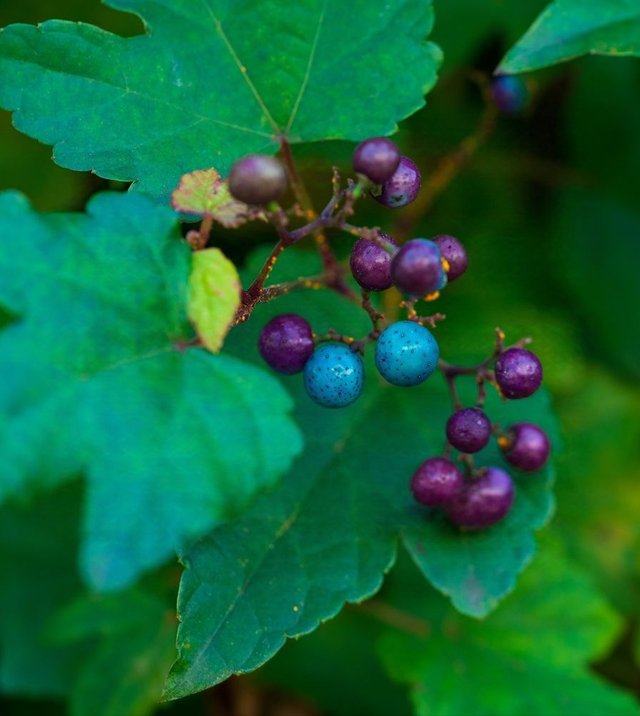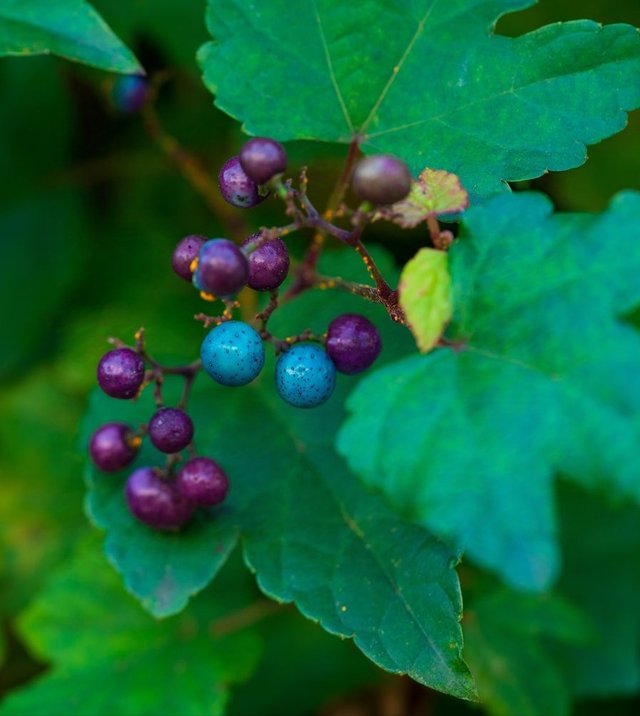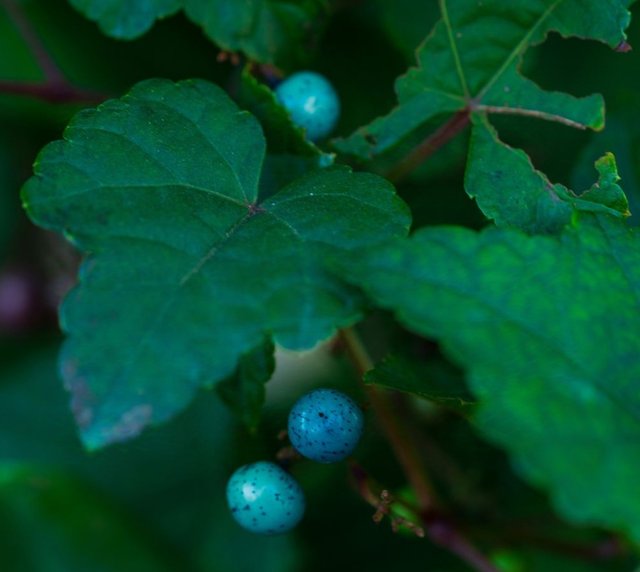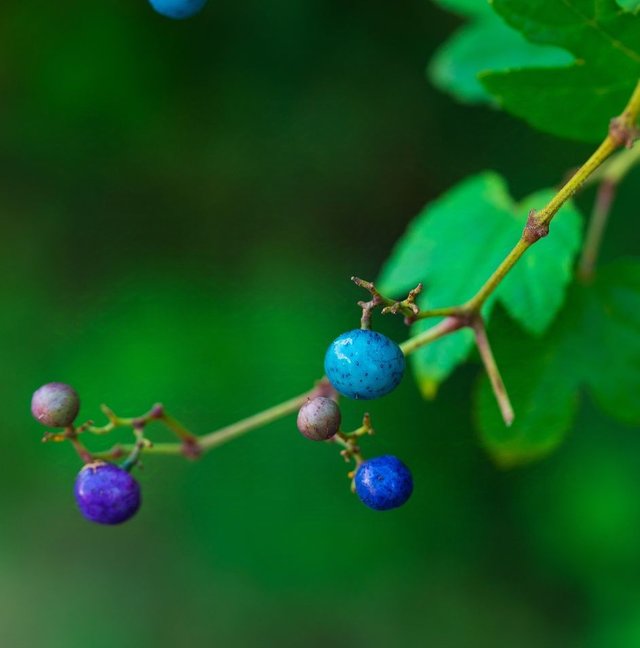Amur Peppervine: A Comprehensive Guide
The Amur peppervine, also known scientifically as Ampelopsis glandulosa var. brevipedunculata, is a deciduous, woody vine native to temperate regions of East Asia, including China, Korea, and Japan. Over the years, it has been introduced to other parts of the world, notably in the United States, where it is often referred to as porcelain berry due to its strikingly colorful fruits. Although beautiful, this plant has a mixed reputation—celebrated for its ornamental qualities but condemned as an invasive species in certain regions. This post delves into the origins, appearance, growth habits, and ecological impacts of the Amur peppervine.
Origin and Distribution
The Amur peppervine hails from the temperate forests and river valleys of East Asia, particularly along the Amur River, which forms part of the border between northeastern China and Russia. The plant was first introduced to North America in the late 19th century as an ornamental vine. Its adaptability and aesthetic appeal, primarily due to the vibrant color of its berries, made it a favorite for landscaping purposes. However, like many non-native plants introduced for decoration, it quickly became invasive in regions where it lacked natural predators or environmental checks.
In its native habitat, Ampelopsis glandulosa plays a role in the local ecosystem by providing food and habitat for various animals. In regions where it has become invasive, however, it often disrupts native plant communities and outcompetes indigenous species.
Appearance and Identification
The Amur peppervine is a fast-growing, climbing vine that can reach heights of 15 to 20 feet or more when given suitable support. It is closely related to grapevines but can be distinguished by a few key features.
Leaves: The leaves of the Amur peppervine are alternate, simple, and coarsely toothed, resembling grapevine leaves. They can range from 3 to 5 inches long, often lobed or deeply dissected. The leaves are bright green and glossy during the growing season but turn yellow in autumn before falling off.
Tendrils: Like grapevines, the Amur peppervine uses tendrils to climb, allowing it to latch onto various surfaces, including fences, trees, and buildings.
Flowers: The plant produces small, inconspicuous greenish-white flowers in summer. These flowers are not particularly showy, but they give way to the most distinguishing characteristic of the vine: its berries.




Thanks For Reading
Device Information
| Device | Redmi Note 10 Pro |
|---|---|
| Lens | 64 mp |
| Location | Bangladesh |
